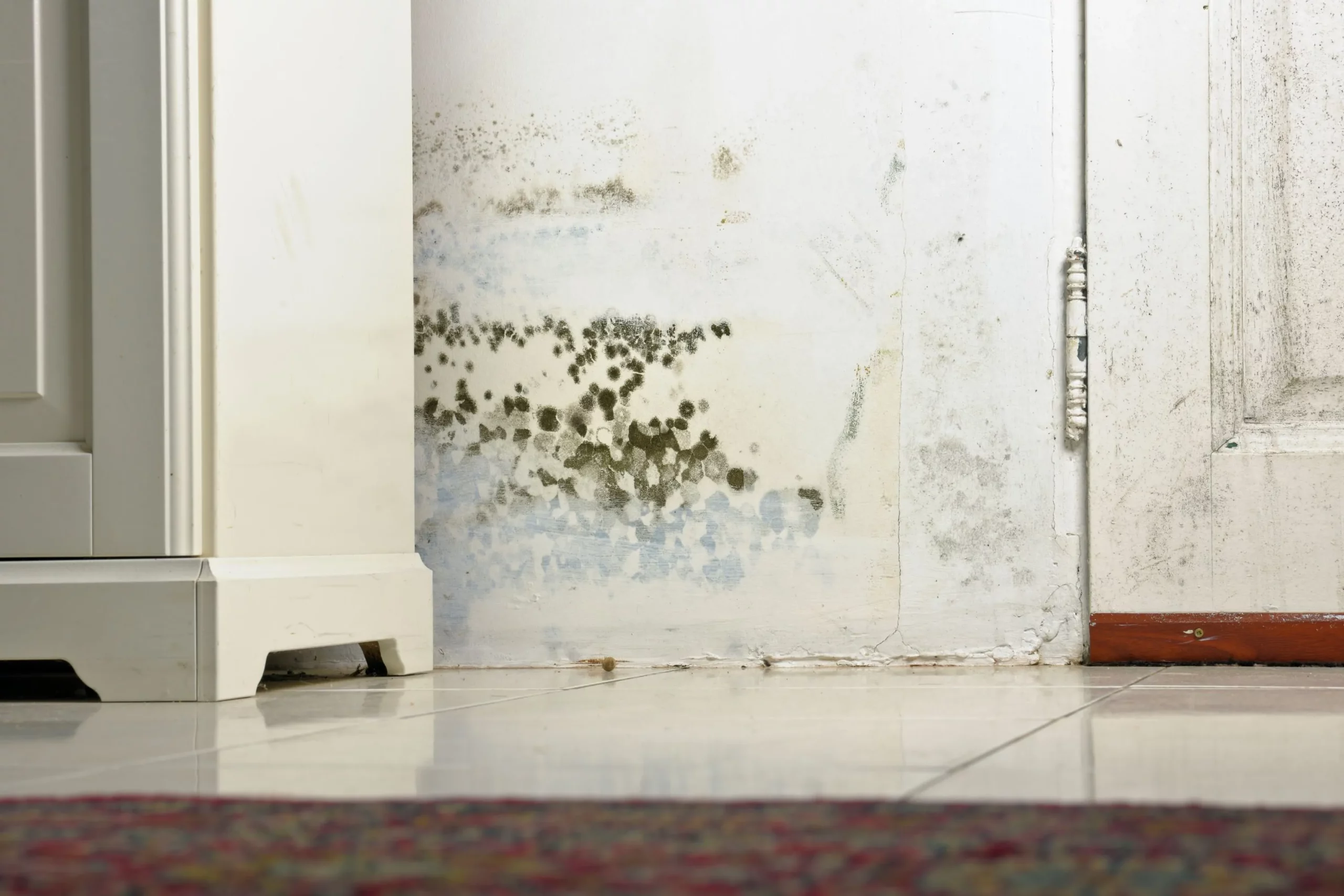
Spray foam insulation has gained widespread popularity for its energy efficiency, airtight seal, and moisture resistance. However, homeowners and builders often wonder: Can mold grow behind spray foam insulation? Understanding the relationship between spray foam and mold formation is crucial for making informed decisions about insulation choices. This article explores the potential risks, benefits, and best practices related to mold prevention in spray foam insulation systems.
Mold is a type of fungus that thrives in moist environments with organic material to feed on. It requires three key conditions to grow:
Spray foam insulation is designed to limit these conditions, making it less conducive to mold formation. However, under certain circumstances, mold can still develop behind improperly installed insulation.
Spray foam insulation, particularly closed-cell foam, acts as an effective moisture barrier. Unlike fiberglass or cellulose insulation, which can absorb water, spray foam prevents water infiltration, reducing the likelihood of mold-friendly environments.
Spray foam creates an airtight seal that prevents air and moisture from passing through walls and ceilings. This minimizes condensation buildup, a major contributor to mold growth.
Unlike traditional insulation materials, spray foam is synthetic and does not provide organic material for mold to feed on. However, mold can still grow on surfaces around the insulation if moisture is present.
While spray foam insulation itself is resistant to mold, improper installation or environmental conditions can create opportunities for mold to develop.
Detecting mold behind insulation can be challenging since spray foam creates a sealed barrier. However, some indicators may suggest mold presence:
To ensure that mold does not develop behind spray foam insulation, consider the following best practices:
| Insulation Type | Mold Resistance | Moisture Absorption | Air Sealing Capabilities |
| Spray Foam (Closed-Cell) | High | Low | Excellent |
| Spray Foam (Open-Cell) | Moderate | Moderate | Good |
| Fiberglass | Low | High | Poor |
| Cellulose | Low | Very High | Poor |
| Mineral Wool | Moderate | Low | Good |
A homeowner in Norman, OK, discovered mold in the attic despite having spray foam insulation. Investigation revealed inadequate ventilation, leading to trapped moisture. A ventilation system was installed, resolving the issue.
In a residential basement, a leaking pipe behind spray foam insulation led to mold growth on the wooden studs. The mold was only detected after removing a section of insulation. Fixing the leak and reapplying the foam properly eliminated the problem.
While spray foam insulation is highly resistant to mold growth, improper installation, hidden leaks, or high humidity levels can create conditions for mold to develop behind it. Proper installation, moisture management, and routine inspections are essential for preventing mold issues.
If you want high-quality spray foam insulation that prevents mold and enhances energy efficiency, reach out to Thunder Spray Foam Insulation in Norman, OK, today. Our team provides professional installation services to ensure a long-lasting, mold-resistant solution for your home or business.
No, spray foam insulation does not provide organic material for mold to grow. However, mold can develop on surrounding materials if moisture is present.
Signs include musty odors, wall discoloration, and increased allergy symptoms. In severe cases, an infrared moisture detector or professional mold inspection may be necessary.
Closed-cell spray foam significantly reduces moisture infiltration but does not eliminate issues caused by plumbing leaks or poor ventilation.
Yes, open-cell spray foam is more porous and can absorb moisture, making it more vulnerable to mold growth compared to closed-cell spray foam.
The affected insulation should be removed, the mold treated, and the underlying moisture issue addressed before reinstalling insulation.